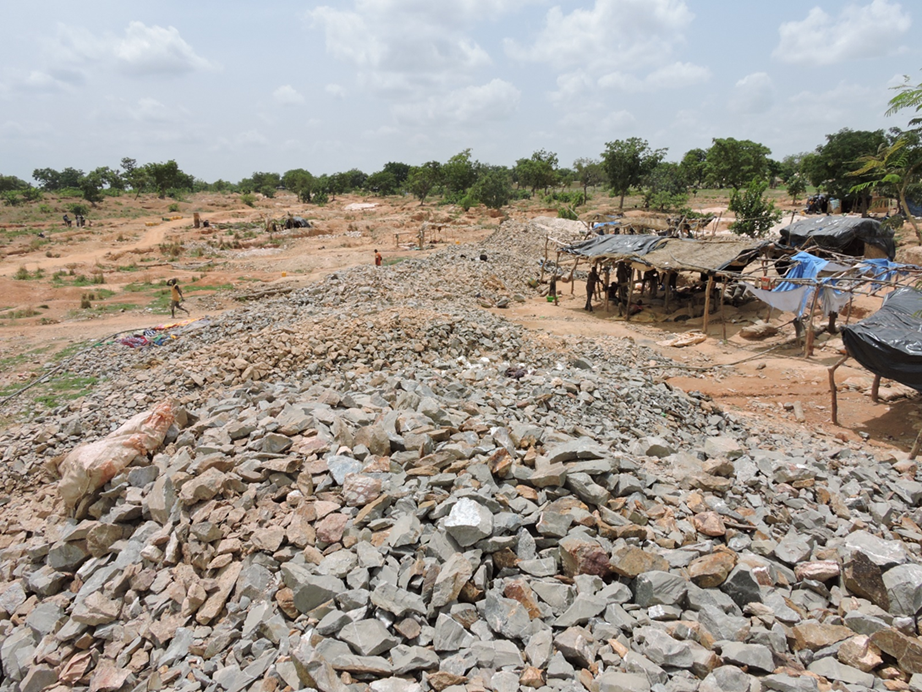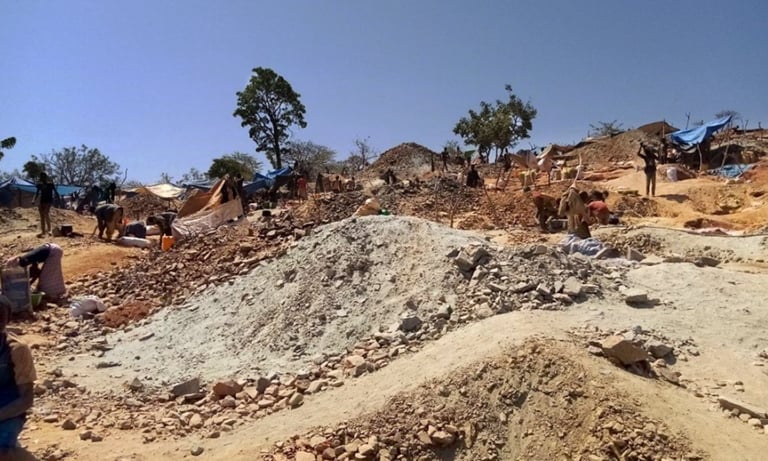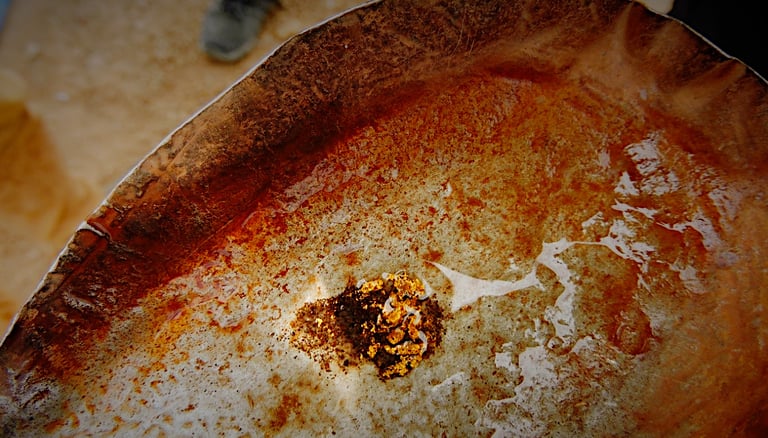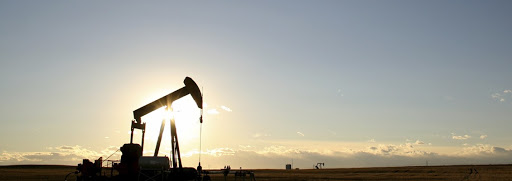Panthera Resources Plc (LON:PAT), the diversified gold exploration and development company with assets in West Africa and India, has announced that drilling has been completed at the Bassala Project in Mali and samples despatched for assay.
Highlights
· 8,546 metre air core (AC) drill programme completed in 152 drill holes
· 5m composite samples have been despatched for assay
· All geochemical and chargeability targets have now been drilled with shallow AC to the base of weathering
· Assay results are expected on or about the end of January 2022
Commenting on the announcement, Mark Bolton, Managing Director of Panthera said:
“The previous drilling at Bassala returned excellent results including 10m @ 3.79g/t Au from 20m and 10m @ 3.45g/t Au from 60m, suggesting potential for significant, moderate to high-grade gold mineralisation. That programme only tested the southern and central parts of the current tenement.
The current programme included the northern part of the tenement where most of the artisanal mining activity occurs and where we believe drilling will delineate further gold mineralisation.
The current drilling is essentially “geochemical drilling” and only targeted the upper weathered zone with very broad line spacing. The next step, once the current assay results are received, will be to test the known mineralisation with deeper and closer spaced RC drilling, aimed at defining resource drill-out targets.”
Project Background
The Bassala project is located within a highly gold endowed Birimian volcano-sedimentary belt in southwestern Mali, approximately 200km south of the capital city Bamako.
The belt hosts the Kalana (Endeavour Mining, 4Moz) and Kodieran (Wassoul’or, 2Moz) gold mines, both within a few kilometres of the Bassala project. The adjacent belt to the west is also well endowed with gold and hosts the Siguiri (AngloGold Ashanti (“AngloGold”), 17Moz), Tri-K (Avocet Mining, 3Moz), Kobada (African Gold Group, 3Moz), and Yanfolila (Hummingbird Resources, 2Moz) gold mines.
In the second half of 2020, the Company recommenced exploration activity at Bassala with the results of gold in soil and ground magnetic surveys announced on 26 March 2021. These surveys confirmed that two major anomalous gold trends are present, a 9 kilometre long north-northeast trending zone and a second, cross-cutting, 3 kilometre northwest-trending zone. These zones appear to be continuations of significant regional mineralisation trends.
Following the successful gold in soil and ground magnetic surveys, the Company initiated an IP survey, with the results announced on 10 June 2021. The IP survey confirmed the previous interpretations and identified:
· Several high order chargeability highs – indicative of disseminated sulphides at depth
· Three of the chargeability highs can be traced over 6,000m, 4,700m and 2,200m
· Many of the chargeability highs are associated with geochemical anomalies and artisanal mining activity
Reflecting the positive results from the IP survey, Panthera Resources initiated its maiden drilling programme at Bassala. This was terminated in July 2021 due to the onset of the wet season with a total of 9,997m air core (AC) drilling completed in 164 drill holes and 392 reverse circulation (RC) drilling completed in 4 drill holes.
That work resulted in widespread gold mineralisation being identified in very widely spaced drill traverses with better intercepts from the 5m composite sampling including:
· 20m @ 2.12g/t Au from 10m incl. 10m @ 3.79g/t Au from 20m
· 10m @ 3.45g/t Au from 60m incl. 6m @ 6.59g/t Au from 60m
· 5m @ 5.10g/t Au from 15m
· 5m @ 2.75g/t Au from 55m
· 45m @ 0.57g/t Au from 25m incl. 5m @ 2.53g/t Au from 40m
· 30m @ 0.88g/t Au from 20m incl. 5m @ 3.18g/t Au from 20m
· 20m @ 0.75g/t Au from 15m incl. 5m @ 1.92g/t Au from 15m
· 10m @ 0.96g/t Au from 35m incl. 5m @ 1.44g/t Au from 35m
· 25m @ 0.51g/t Au from 15m incl. 5m @ 2.07g/t Au from 20m
· 5m @ 1.98g/t Au from 40m
· 6m @ 1.59g/t Au from 70m (end of hole)
· 5m @ 1.41g/t Au from 35m (end of hole)
These are considered to be excellent initial results from the broad spaced, minimum 200m x 50m, drill pattern that only penetrated to the base of weathering. Further details of this drilling may be found in the RNS’ dated 24 August, 10 September, and 30 September 2021.
Overview of Current Drill Programme
The current programme was designed to cover the remaining untested geochemical anomalies, artisanal mining activity, chargeability anomalies and resistivity anomalies.
Similar geology (weathered meta-sediments) and alteration (silicification, shearing and box-works after sulphides) were encountered as in the previous Phase 1 programme.
Panthera Resources has despatched 5m composite samples to the assay laboratory in Bamako and the results are anticipated on or about the end of January 2022.







































